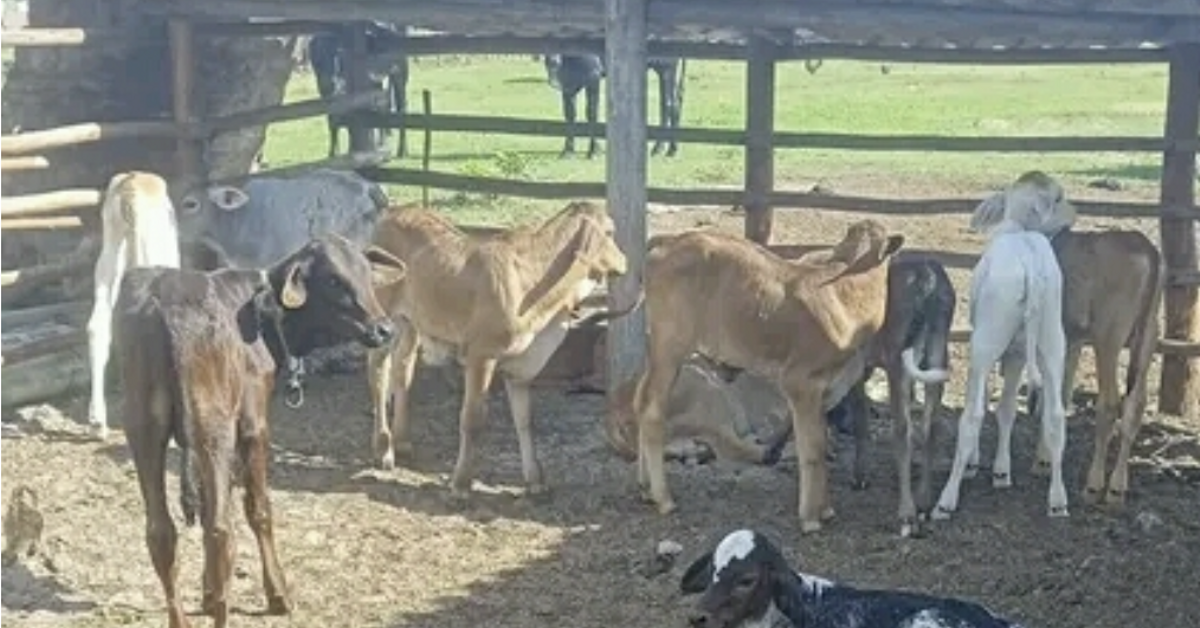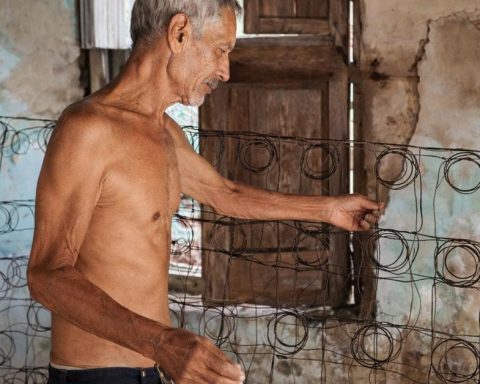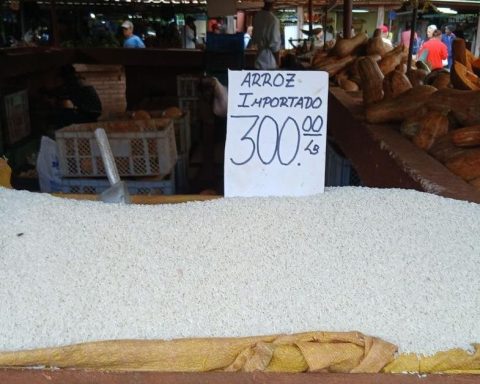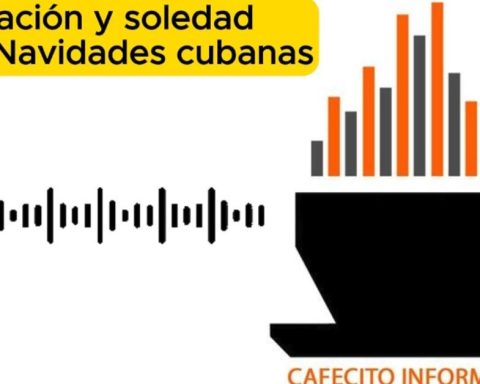Havana/After ten months of inspections and raids against four years in the fields of Cuba, the Ministry of Agriculture offered on Wednesday a global result: On the island there are 2,914,009 cows. The figure is disastrous for a country that ten years ago had about four million, and that before 1959 – with a population of six million inhabitants – it boasted to have almost a cow per person.
This January, reports Granmathe “High Supervision Exercise” that has kept the inspectors of each province since March 2024. Yudith Almeida Núñez, head of the Department of the Livestock Registry of the Ministry, revealed that the illegalities detected throughout the country total 181,854 – We need to review 1,128 cases in Pinar del Río, Mayabeque and Las Tunas. Most have to do with owners who left the country, died or are imprisoned, while their cattle remain illegally attended by other people.
Almeida also said that they had registered 43,143 births without declaring, and many other cases – of which he did not give a precise number – of “illegal sale, animals without registering, missing, deaths without documentary and thefts.”
Most have to do with owners who left the country, died or are imprisoned, while their cattle are still illegally attended by other people
The inspectors visited 191,802 owners –188,338 natural and 3,464 legal persons – although there is a minimum percentage to be completed in the Tunas. Most of the cows are in the cooperatives, although there are some companies that raise “herds of high genetic value”, pure races – both brought from abroad as born in Cuba – with few copies.
After providing the numbers, Granma He points out as a surprise, obviously: “For several years, this branch shows a tendency to the decrease in mass.” However, he attributes the fall of the sector to changes in parenting technologies, whose standards cannot fulfill Cuba for lacking inputs, and, of course, to theft and sacrifice.
The persecution of the culprits – document every week by the official press – has become a matter of state in recent years.
Las Tunas, the province in which inspections have not yet finished, denounced just a few weeks ago That the crimes, despite state raids, had increased by 10% with respect to 2023. The local newspaper did not quantify the damage, but affirmed that the theft, in addition to sacrifice and the robbery with violence – in a context in which the Guajiros have little or no protection against the four -year -old – were common in the tuneral field.
Despite the results of the livestock census, Almeida did not say if the ministry is going to take more severe measures than those that have been executed so far, and that have not served to dissuade the killifes. The reports in the official press, which end the “moral” of a fine or even several years in jail, have not achieved the desired effect.
The pursuit of the culprits – document every week by the official press – has become a matter of state in recent years
The latest data provided by the Ministry of Livestock Crimes on the Island were 2022. That inventoryat the head of the illegal sacrifices was Villa Clara with 12,243 animals raised in 2022, and Holguín, with 9,825, followed by Matanzas, with 8,150.
In 1985 there were just over five million head of cattle in Cuba. The brief period from 2006 to 2014 is the only one in which the livestock mass recovered slightly, from 3.7 million to 4.1. From that moment on, the fall has been constant.
In 1959, bovine heads were 5.1 million for the 6.5 million inhabitants of the island at that time. As of that date, the dough of cattle began a remarkable climb that reaches its maximum point in 1967, when 7.1 million was reached, under the Soviet subsidy. Although the population had already increased to 8.4 million Cubans, the ratio varied little: from 0.78 heads per person to 0.84. But from then on, and fleeting recovering the fall was sustained.
The data on Tuesday – 2.9 million cows for 10 million inhabitants give a ratio of 0.29 cow per person – confirm a situation that Cubans have been living for years: beef is a thing of the past.

















